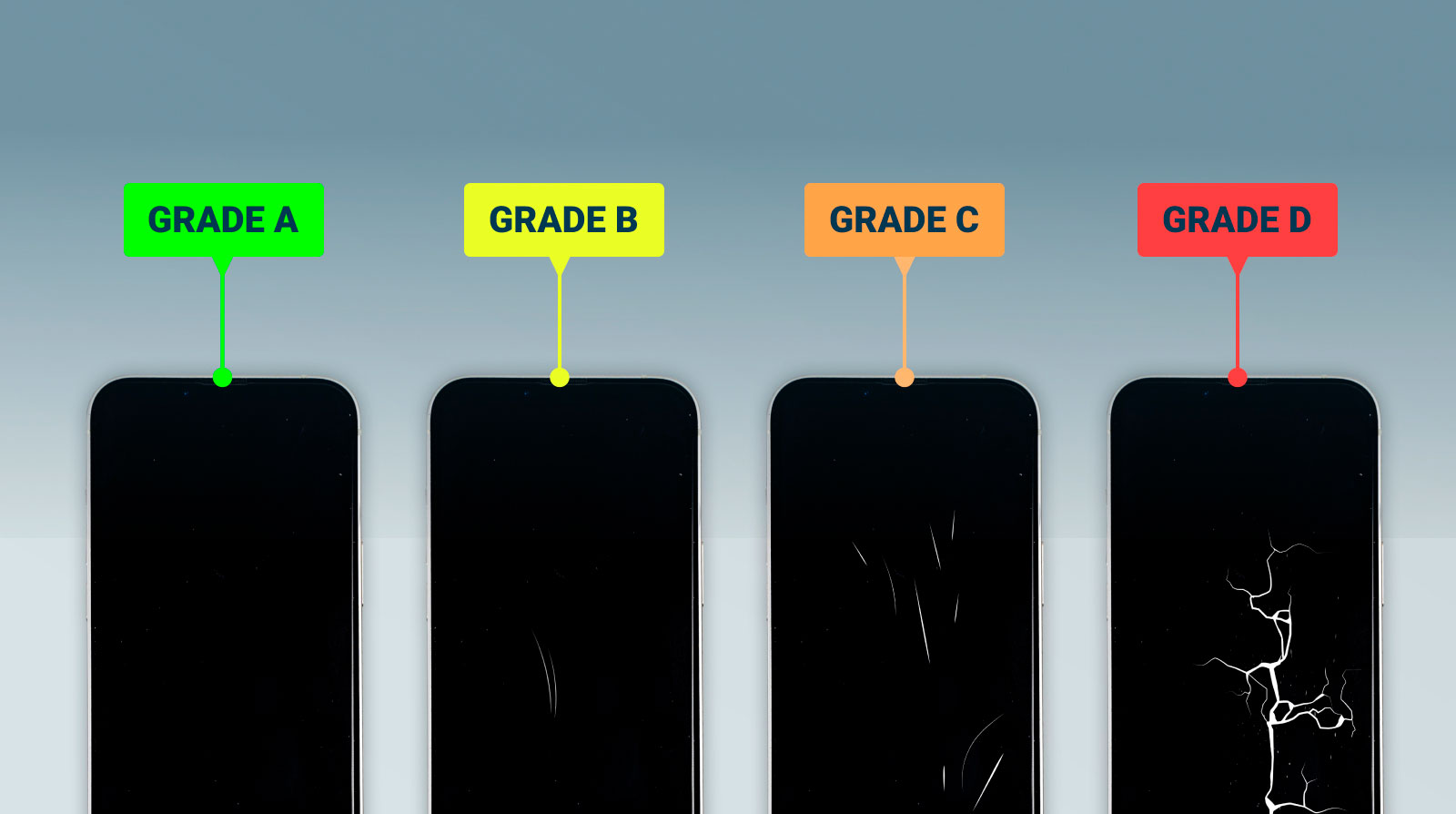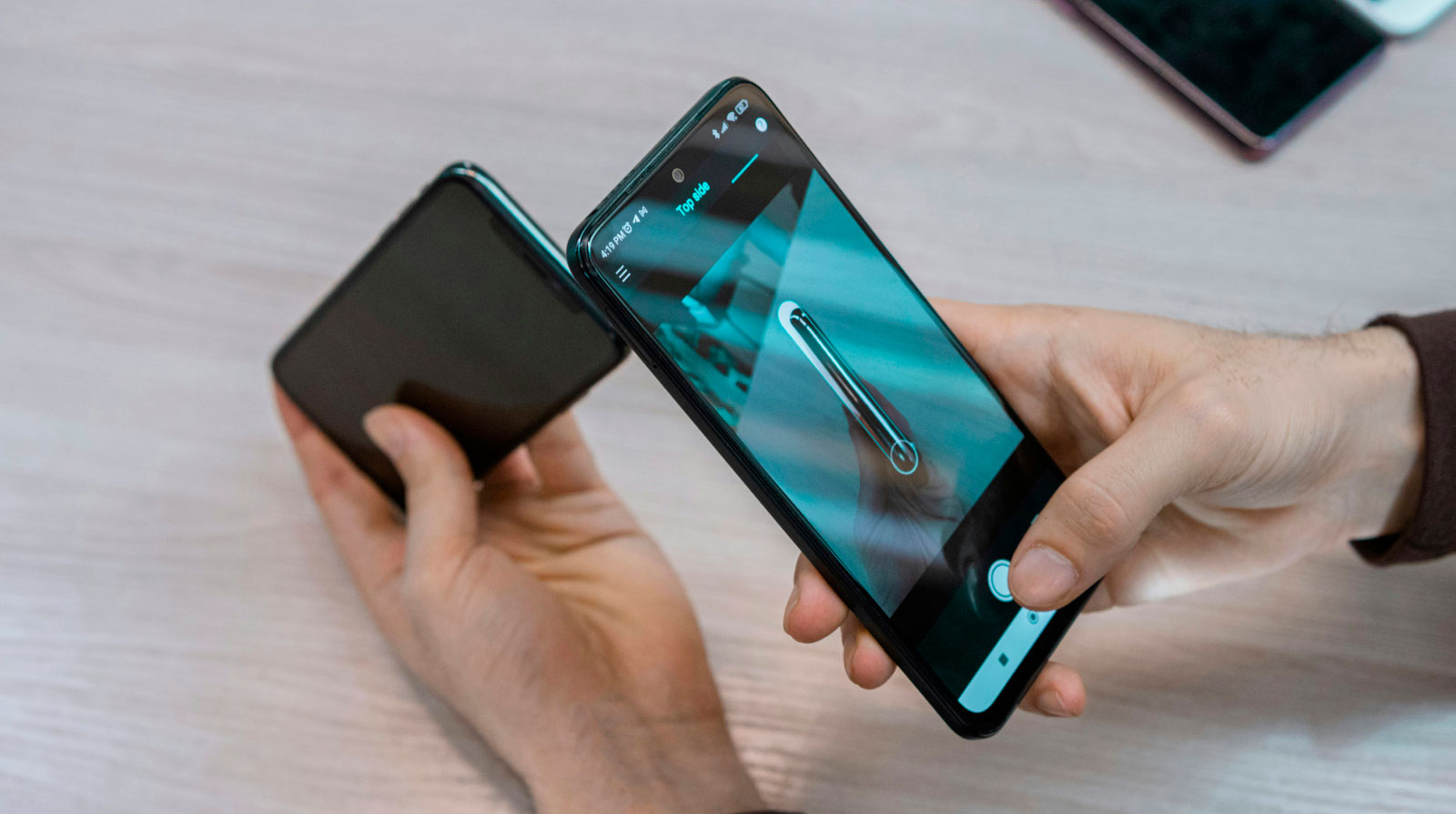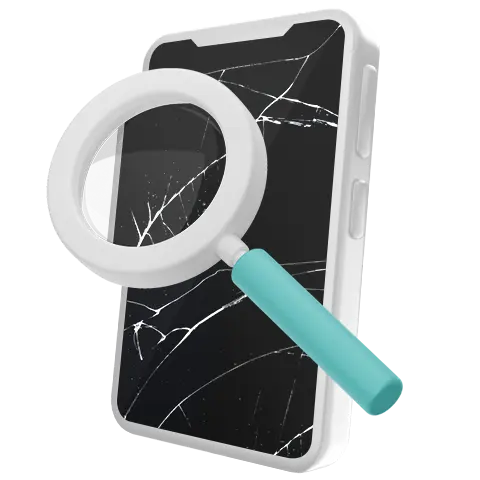Evaluating device cosmetic conditions is challenging for businesses operating with used and refurbished devices. Today, let's discuss the grading system that is common on the market and solve your problems that regularly occur during smartphone evaluation. Follow along to leverage grading for your used device business!
What is Device Grading?
The device's cosmetic appearance is as important as its functional condition. However, it's much more challenging to evaluate due to a tester's subjectivity.
For example, when examining internal parts of the device, you check only if they are fully functional. If a part like a battery has slight imperfections, such as light scratches, this doesn't affect its main functionality. But things are different for external phone parts. They are inspected visually to evaluate how the device looks in general, and the results can vary depending on multiple factors, like the combination of different signs of use and the personal opinion of a worker.
This process of evaluating the cosmetic quality of the phone is called grading. It is a massive part of any used, repaired, and refurbished phone business that requires a transparent step-by-step system.
What is a Grading System?
Creating a grade system is a challenge, as you need to keep it simple while describing each grade in as much detail as possible. There is no one system, so you can try several options to choose the best one for your business.
Today, we will share the grading system that consists of four grades and is created using the experience of our clients:
Grade A
This grade is set to the devices of the best quality that can be expected from pre-owned devices. That means light signs of wear and almost perfect condition. Usually, grade-A smartphones were not actually used by the previous owner, which is why they look like new.
Grade-A smartphones are worth more than any other pre-owned phones, making them appealing for resellers. For customers, these high-quality devices are also a great deal, as they get products in excellent condition, which is way cheaper than buying them new.
Refurbishers also value these devices more because, after the repair, they can be sold at a good price while increasing customer trust. For example, Apple sells its refurbished devices only if they meet this high standard.
Grade B
Devices in good condition with moderate cosmetic imperfections, such as minor scratches or dents, are evaluated as grade B. By looking at grade-B smartphones, you can clearly see that they have been used and won't confuse them with new ones.
These devices are popular among used device businesses as they are cheaper but still in demand. For customers, a grade-B device is an affordable option to get a device in good condition.

Grade C
Grade-C devices have obvious signs of previous use: deeper scratches on the screen or case and moderate dents caused by normal wear and tear. The condition can be described as satisfactory, and the prices for grade-C devices are typically pretty low.
Usually, when buyers purchase smartphones, tablets, laptops, and other devices like that in bulk, they don't expect high margins. Instead, they count on fast resale to make more money on the sales volume.
Grade D
That grade is for devices in poor condition with noticeable defects like cracks, deep scratches, and dents. All of these cosmetic imperfections affect user experience, so the demand for these phones among end users is low.
However, the device's lousy appearance doesn't say anything about the quality of the internal components. Grade-D devices can be disassembled to put their parts in working condition for sale. Also, if the device undergoes refurbishment, it can be later sold for a higher price.
How to Grade Phones?
When you have chosen the grading system used in your company, you need to train your employees to follow it. The visual inspection of the phone is a very subjective process, as everyone evaluates signs of wear and tear differently. However, achieving consistent grading results is the only way to build your workflow efficiently.
So, to set the grade of the phone, your workers need to follow three simple steps.
Step 1. Preparation
Grading is best done in a brightly lit room so that you can immediately notice all the defects. Besides, you need to think in advance about where and how you will record all the information about the smartphone, especially in case of simultaneous checks of several devices. With manual grading, you need many different programs to complete the whole device evaluation, so make sure to record the data correctly for further deals. Mistakes are costly.
Then, place the phone on a flat surface and wipe it well with a cloth. Now, when everything is ready, you can proceed to the grading.
Step 2. Brief inspection
Briefly examine the body of the phone (for eight to ten seconds) for serious damage, missing parts, or large chips. Check the cosmetic condition from all sides. When examining the case, check if the battery is swollen, if the charger and headphone ports are broken, if the camera is in a good condition.
Note that the phone's ports may contain foreign, non-removable objects, such as fragments of a headphone plug or charging cable. It is crucial to record all data at each stage of the inspection.
Step 3. Detailed check
After the quick grading, it is time for a more detailed inspection. Let's look at the main types of damages and ways to determine them.
The most common defects are cracks and scratches. They are easy to notice by changing the angle of visual inspection of the phone. A nail test is used to determine the depth of scratches. Run your finger over the scratched surface several times. If the nail clings to the scratch and interferes with the course of the finger, the scratch is considered deep.
Count the deep and shallow scratches on the display and the case. Depending on their number (more or less than 9), the tested smartphone will belong to one of the grades we have mentioned above.

Main Problems of Phone Grading
Even the most experienced graders face a number of challenges while working. Each company sets its own criteria and scale of assessment. Moreover, statistically, 30% of QC techs change their mind when grading the same phone the second time since the understanding of grades is blurred.
Subjectivity of evaluation, mismatch of grades between different markets and vendors, insufficient testers qualifications — all these issues make grading a very problematic step in device evaluation. At the same time, companies lose thousands of dollars every month due to incompetent grading.
How to Solve These Problems?
To optimize the grading process and the whole device evaluation, try the NSYS Autograding solution. Now the only thing you need to do is just 6 photos of the phone and an AI-powered system will set the grade in 30 seconds!
Adjust the parameters according to your company's standards, and our scoring system will provide you with a consistent assessment across diverse devices.
It's up to you to decide how to customize grades and how many of them to have. Unlike most software developers, we offer a 1 to 100 scale to cater to your special preferences and market needs.
Try NSYS Autograding to scale up your workflow!








